have yet again been inspired by a pin that’s made its round on Pinterest among crocheters and knitters and anyone else who uses acrylic yarn. The pin links to a photo tutorial on how to soften acrylic yarn BEFORE you use it.
Many of you are probably aware of the fact that you can soften a finished piece made from acrylic yarn by machine washing and then drying it with a fabric softener sheet.
You’re probably also aware of the fact that acrylic yarn isn’t the softest in the world, and many needle crafters don’t use it, among other reasons, because it can be hard on their hands.
Well, blogger and crocheter, Charmain , came up with this really neat way to soften acrylic yarn so that it feels nice as you worked with it. I thought it was pure genius and decided to try it for myself.
The Yarn
Some of my craft friends have recently been gifting me with skeins of acrylic yarn. Of course, I never decline these gifts because a girl can never have too much yarn. And even though I’m not a “red” person, especially reds with yellow undertones (I prefer “blue” reds), I gratefully accepted several skeins of Red Heart Classic yarn in Christmas colors – one full, 3.5-ounce skein of red and about three ounces of white, green in two shades, and blue (or maybe those are 4th of July colors).
Loosening the Yarn
Charmain’s tutorial has you first removing the labels and loosening the yarn, I presume, so that the water can penetrate to the center of the skein and so that there’s enough air inside the skein for it to thoroughly dry once it’s finished washing.
I had to really pull on the red skein because it was wound incredibly tight. Since the others were already loose, I simply tied the yarn tail around the middle and, unfortunately (as you’ll see in a minute), did not knot it to secure it.
Washing and Drying
Next, I placed all the skeins in a lingerie bag and tossed them in the machine to wash in cold water. I figured the dyes were color-fast and didn’t worry about them bleeding (they didn’t), even though the tutorial says to wash like colors together.
And because my dryer gets really hot, I dried the yarn with a fabric softener sheet on a delicate (as opposed to a medium) setting for about 20 minutes.
The Result
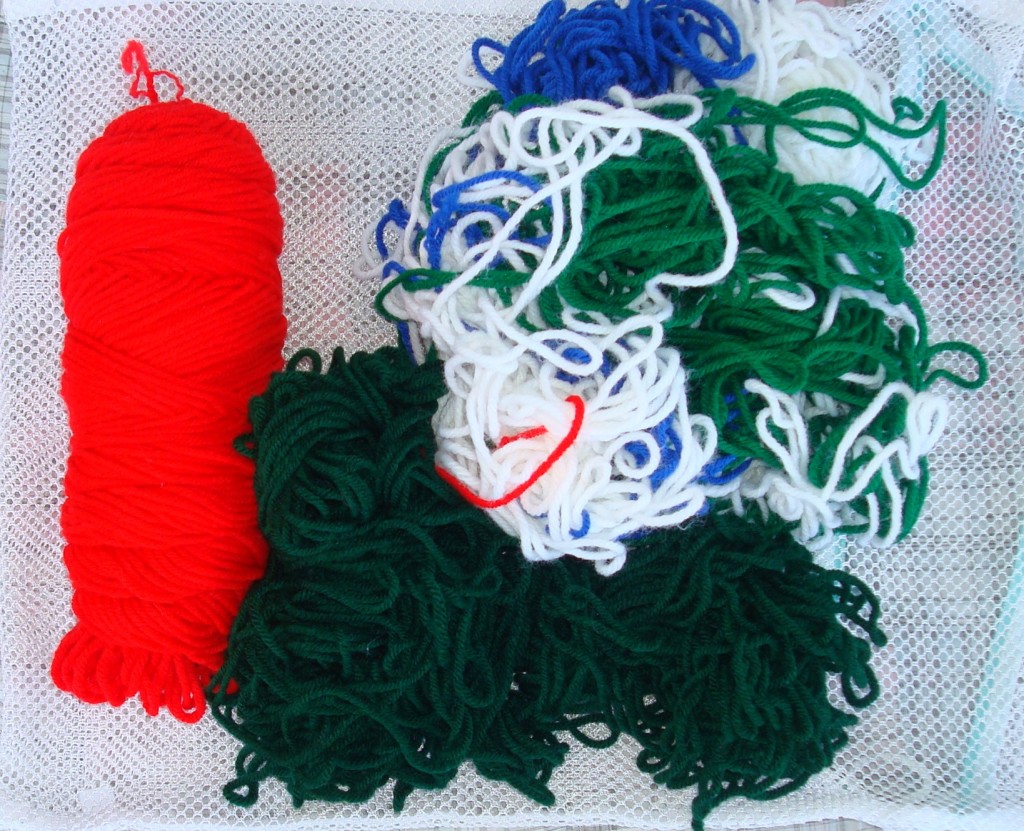
You can imagine my surprise when I opened up the lingerie bag and found a tangled mess! This is what I get for not making sure the smaller skeins were better secured. What I probably should have done was used my swift to create hanks and then tie and knot a bit of yarn in several places around the hank.
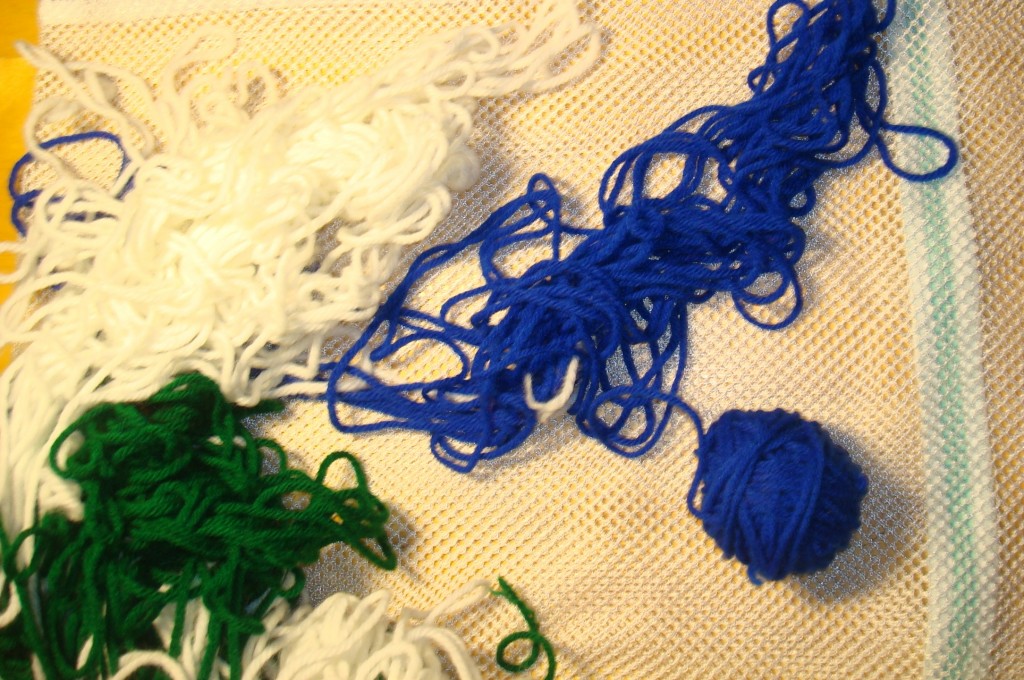
So my next step (not included in the tutorial :-)) was to untangle the yarn which, interestingly enough, was easier than I thought it would be.
I unraveled one skein at a time, simply following the yarn wherever it led. I even tried to make it into a “present-moment,” Zen-type exercise, remaining patient and focusing on the task at hand, instead of b*tching and complaining about having to untangle an awful mess like I’d normally do. And as I completed untangling one skein, untangling each successive skein became easier and easier.
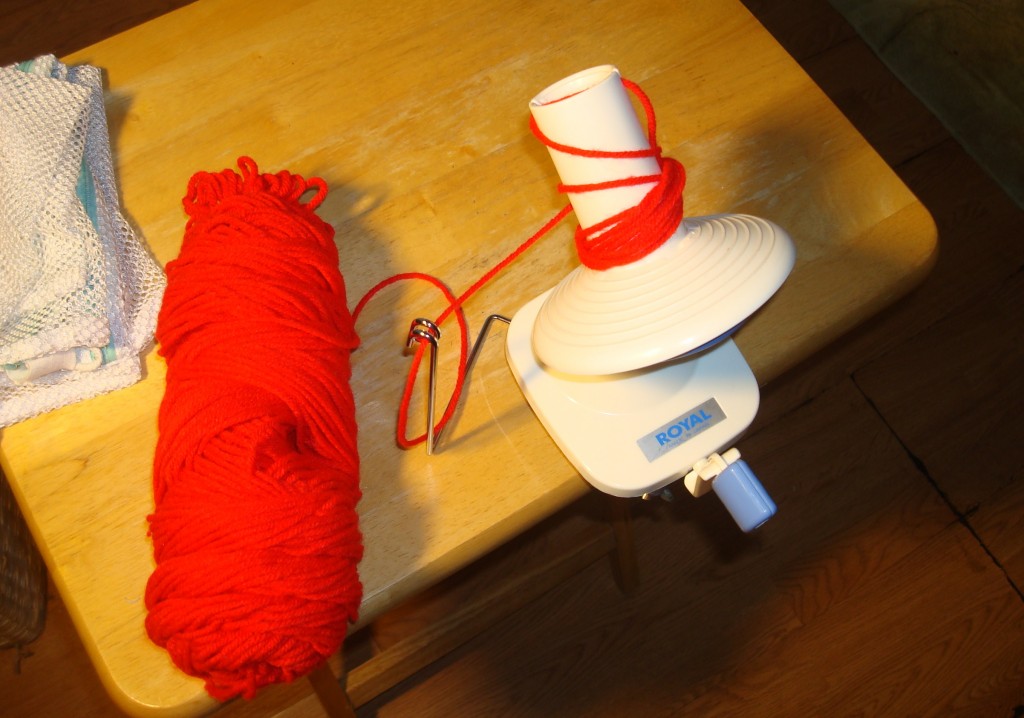
The other problem I had was with the full, red skein. I thought I had loosened the yarn sufficiently, but as I dug into the center with my fingers, I could feel the core of the skein was still wet.
So I removed some of outer, dry layers by winding them into a ball, loosening what was left of the skein, and throwing it back in the dryer. After several attempts with the center still remaining damp, I gave up and figured it would air dry by the time I was ready to use it.
Lessons Learned
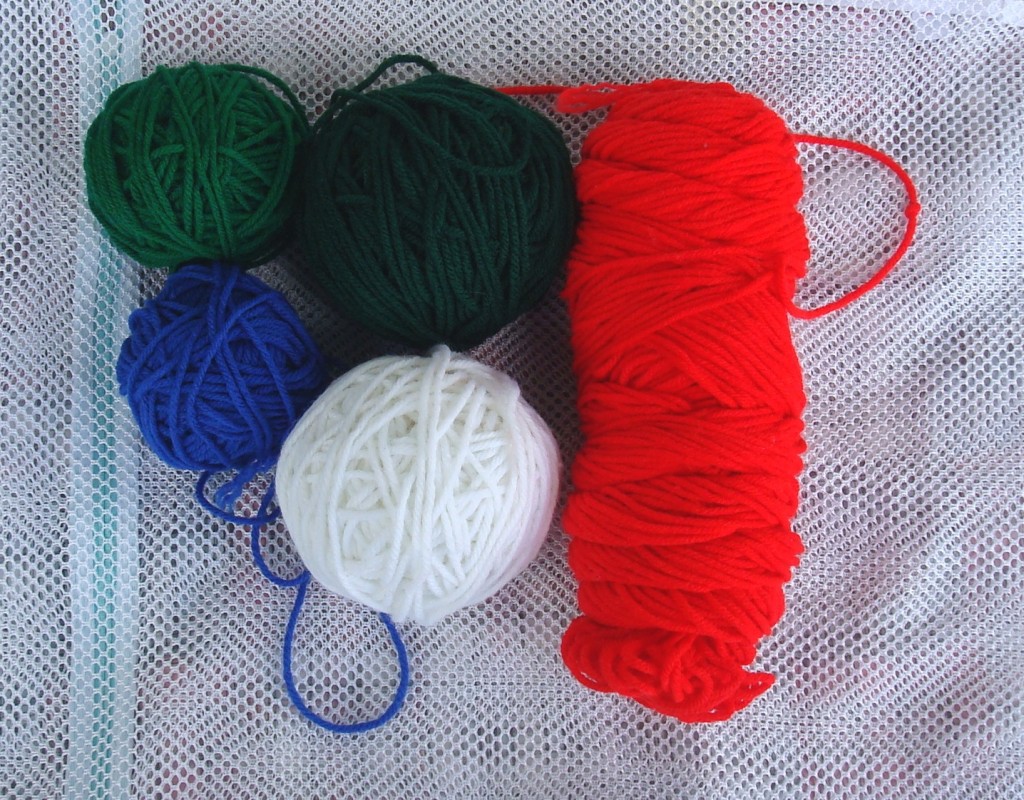
The big lesson of course is to create hanks out of loose skeins and tie and knot them in several places to make sure the hanks don’t unravel.
I’m not sure what to say about the skein that was so tightly wound. You could remove some of the outer layers and make hanks out of them and then loosen the rest of the skein so there’s a sufficient amount of air inside to dry completely. On second thought, since it was the inner layers that remained damp, it would probably make more sense to take some yarn from the inside of the skein.
I guess it depends on how much you want to soften the yarn before you use it. I’ve worked with acrylic yarn for so long that I’m used to the slight scratchiness. Crocheting with hemp, on the other hand, is a lot tougher on my hands, so it really depends on what you think you can handle (a pun!).
All in all, softening acrylic yarn before you use it is a wonderful idea. Yes, the yarn was a lot softer after washing and drying, and I will probably try it again now that I know what NOT to do. If you’ve tried it, I’d love to hear about your experiences.
This post contains affiliate links. Read my Disclosure Policy for more information. Thanks for your support!

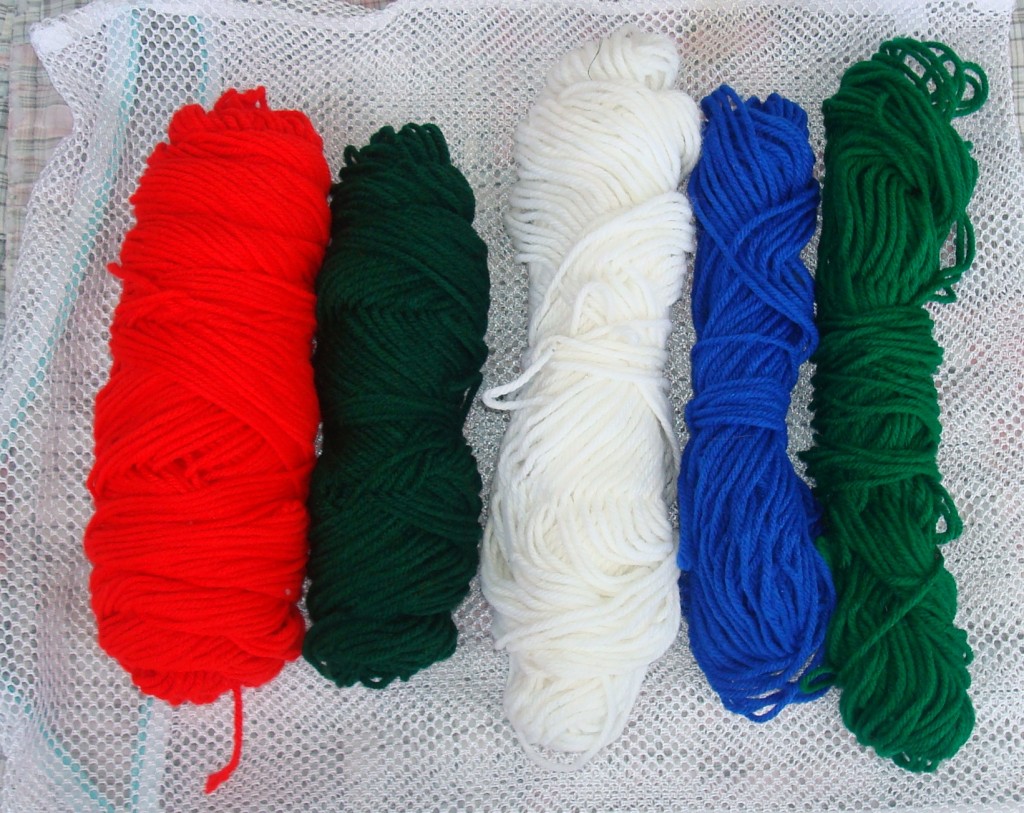


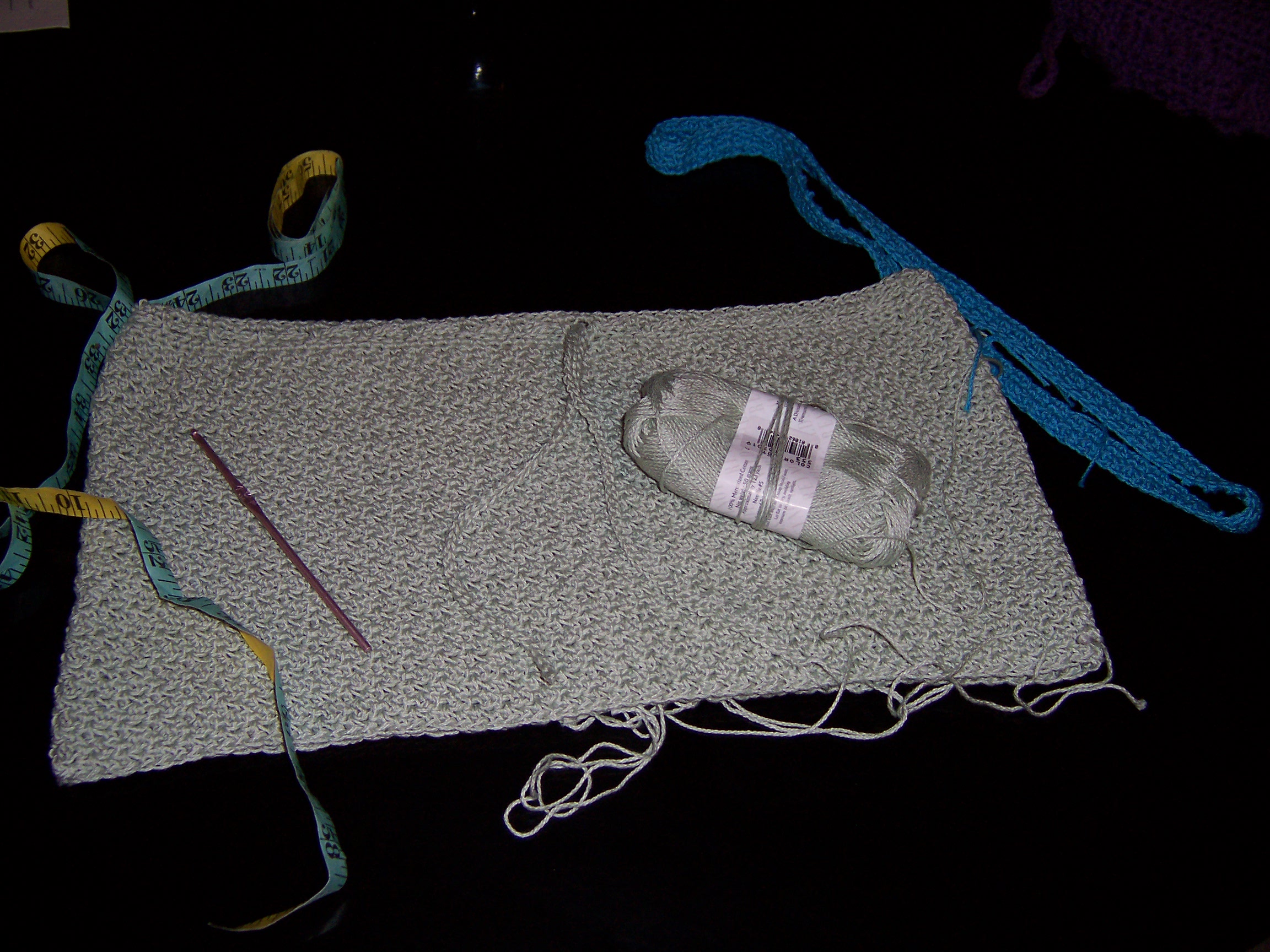

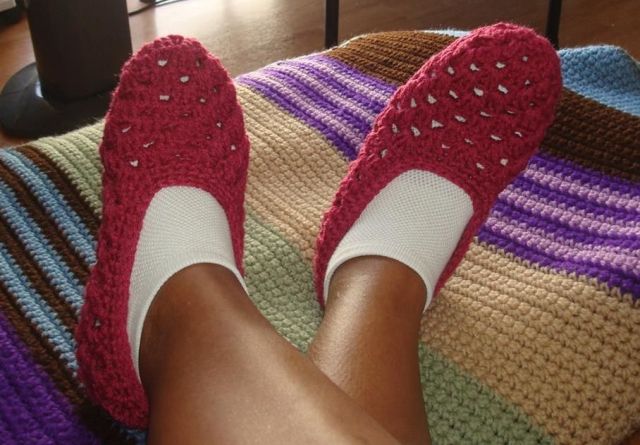
14 comments On Softening Acrylic Yarn Experiment
Thank you for this post! A lot of my yarn got ruined due to cigarette smoke coming into my old apartment. I can’t stand the smell and was going to donate it to charity, but now I will try washing it using your advice. Thanks again 🙂
You’re quite welcome, Rhelena. Glad it could help. I’ve even washed wool yarn by putting it into hanks and then hand washing it and laying flat to dry. Great thing about acrylic is that it’s machine wash- and dry-able. If your skeins are tight like my red one was, try removing some of the yarn from the INSIDE of the skein and putting that into hanks. Let me know how your yarn turns out.
Hi Patrice! I have to start following your blog! It is so wonderful and informative! You taught me to crochet at Yarn Story a couple years ago (I’m Michelle’s friend) and I have to say thank you again! Lately I have gotten more and more into crochet, and it has actually helped me work through grief and loss in the past several months. Also, I’ve been making quirky characters and food that my kids are really excited about. Thanks to you and Michelle and the hyperbolic crochet project I have a new hobby!
Liz
Hi Liz, yes I do remember when you and Michelle came in for a crochet lesson when I first started teaching at YarnStory. I’m so glad to hear you have continued crocheting and that it has been so helpful on other levels as well :-). Isn’t crochet wonderful? Even after having been doing it for so long (40+ years), I am still captivated with it, probably because it has so many wonderful benefits in addition to the obvious. Glad to hear your kids are enjoying it, too.
Thanks so much for following the blog. I am trying my best to post more often, but for now, twice a month is about all I can handle. If you have any questions about anything you read here or anything crochet related, please feel free to ask. Take care and aloha!
I ave found,stuffing the yarn into panty hose,tying both ends works great and your yarn isn’t a tangled mess. I too like Red Heart yarn for the great colors and when washed/dryed…it soft. Liz Parsons
Hey Liz, putting the yarn in panty hose is a GREAT idea! Now all I need to do is track down a pair. Living in Hawaii, they simply don’t get worn. Will probably have to purchase an inexpensive pair. I’m assuming you would buy them in a fairly neutral color — not too dark, not too light. Thanks so much for this idea and for commenting.
Hi Patrice,
Goodwill always has tons of old nylons still in their package, so you can get a bunch for 99 cents!
Oh that is good to know, Liz. Thanks for the tip!
This is awesome! I have a severe wool allergy and yet love to gift knits so making my acrylics softer is important!
Glad you found the article helpful, Amber. I don’t use wool much either, mostly for felting, so it’s good to know that it’s possible to soften acrylic yarn. Thanks for commenting!
My daughter-in-law brought me back some beautiful blue Wool Irish yarn but it is scratchy. How can I soften it without shrinking it?
Great question, Linda. Found this in a google search – http://www.tricksyknitter.com/how-to-soften-wool/. If the wool is in hanks, then I’d suggest tying the hank like I did with this yarn – https://www.yarnoverpullthrough.com/monochromatic-freeform-crochet-purse-part-1-the-yarn/. And then follow the instructions in the “how to soften wool” article. Good luck!
Patrice, Thank you so much for the information on how to soften acrylic yarn. That is mostly what I use the majority of the time. Since I’ve retired I’m crocheting quite a lot to supplement my income and my “older” skin is not a resilient as it was when I was young. This really helps.
Hey MaryAnn, I’m so glad you found the article helpful. I’ve been crocheting a long time, too, back in the day when just about all you could get was acrylic yarn at a reasonable price. I’m starting to use a lot more cotton and cotton blends these days for garments, but still use acrylic for afghans and functional items. Thanks for commenting!
Sliding Sidebar
Categories
Privacy Overview